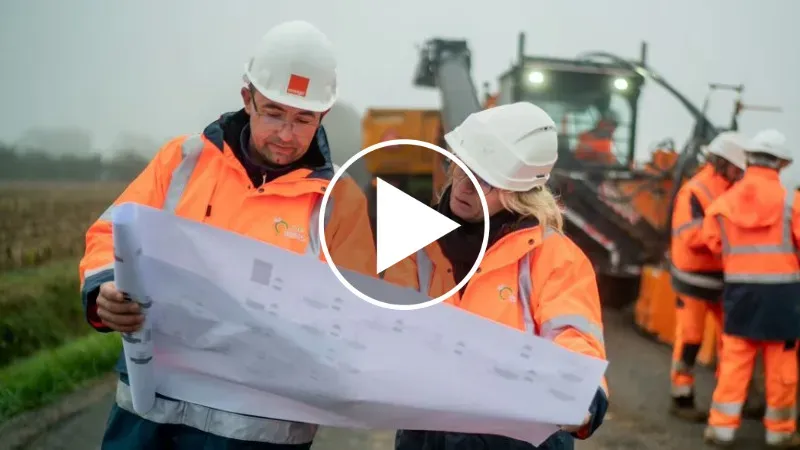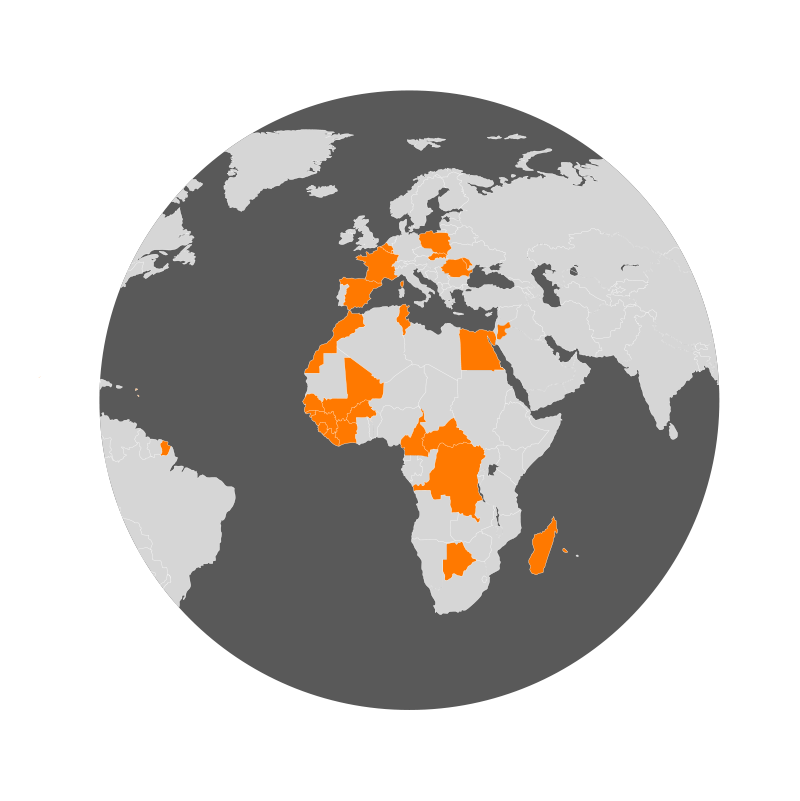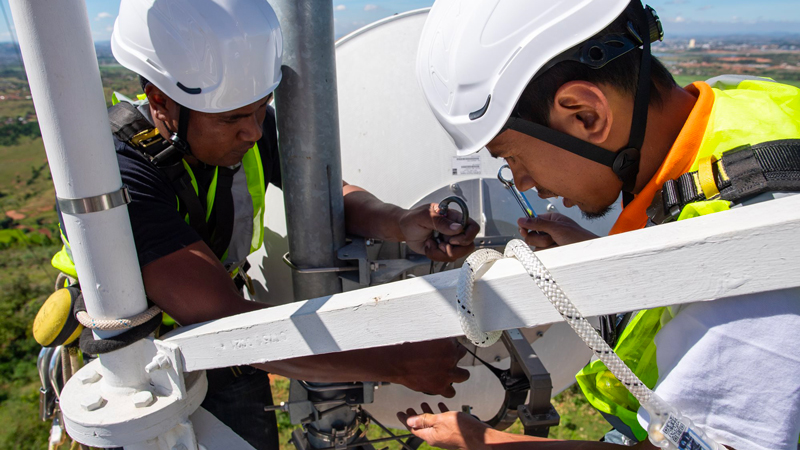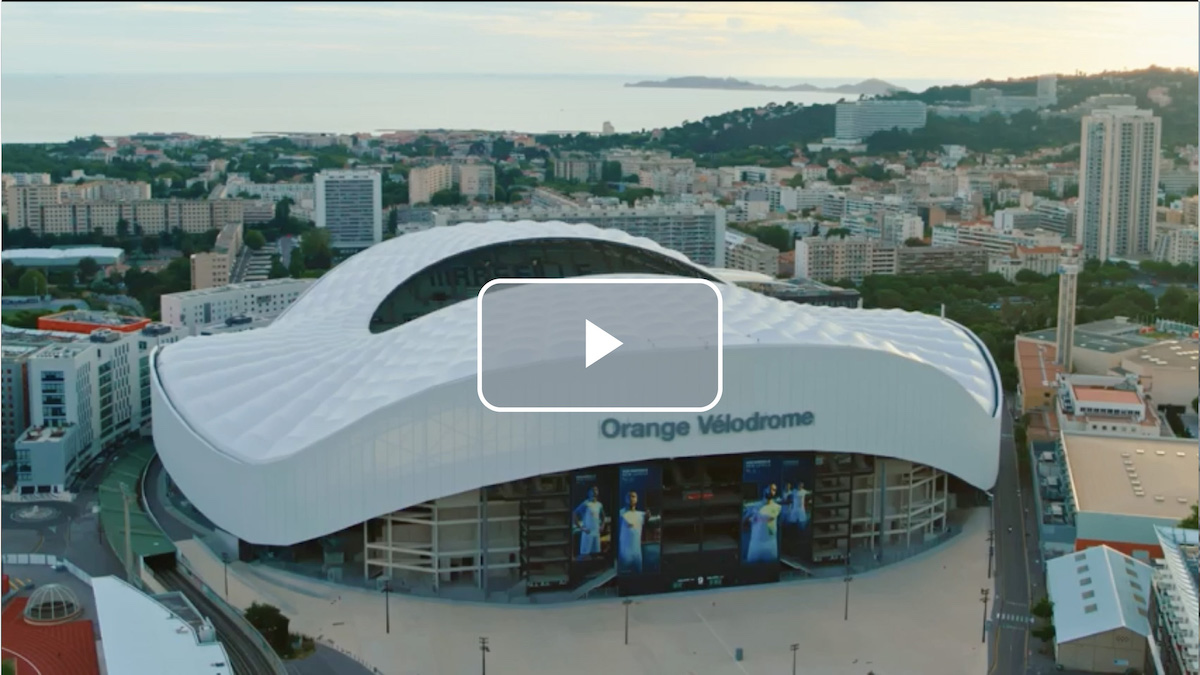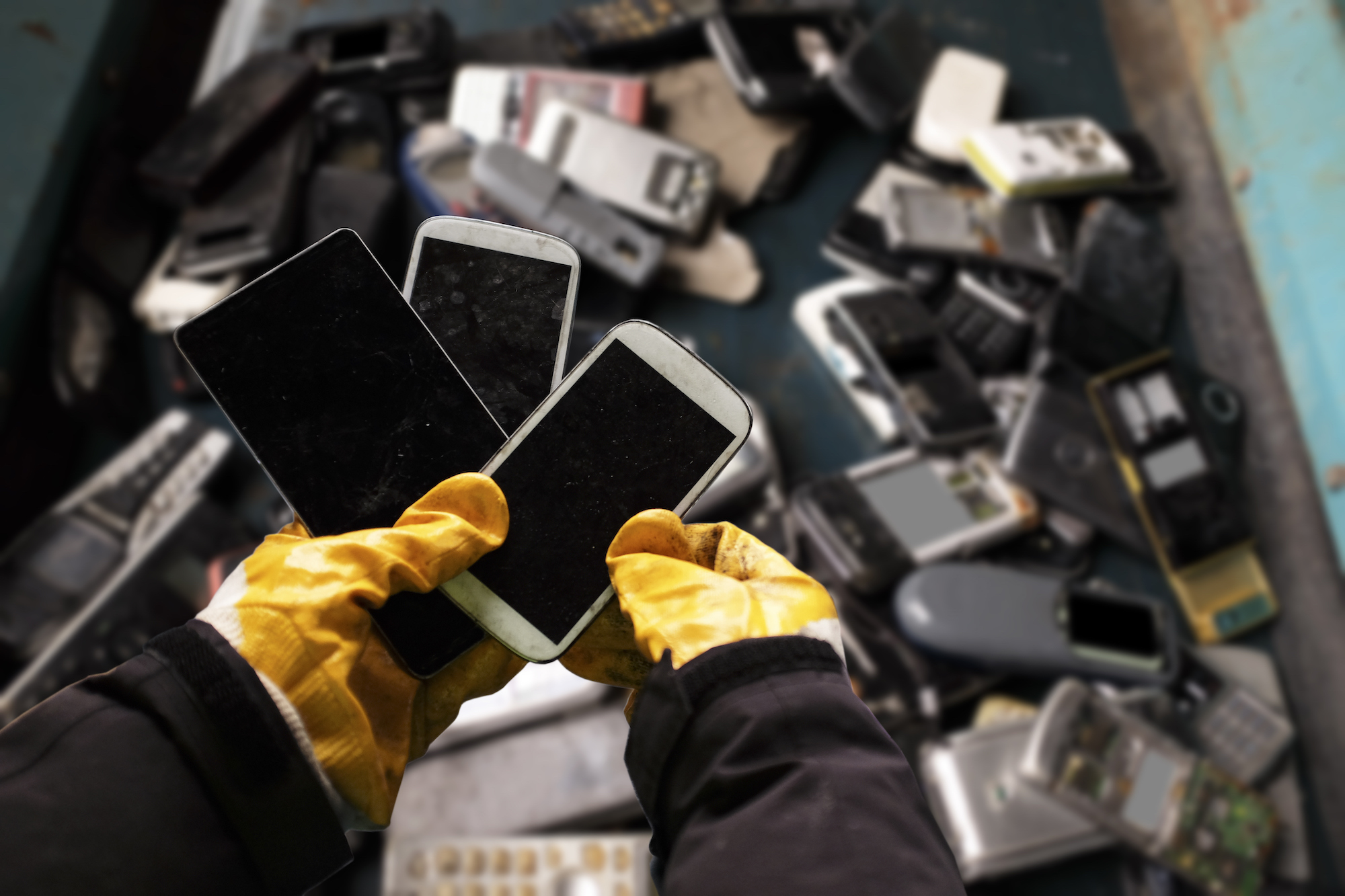We’re a leading telecommunications operator and digital service provider. We serve 291 million customers (at 31 December 2024), individuals, professionals, and large companies: and are one of the world’s foremost telecommunications operators for multinational companies, under the Orange Business brand.
Group's websites
Key figures
26
operating countries
291 million
customers worldwide
127,000
employees
€40,3 revenue
Our strategic plan: Lead the Future
As a major digital service provider in Europe, Africa and the Middle East, we have recently launched our Lead the Future strategic plan. It is based on a new enterprise model centered around three principles: performance, excellence, and trust, to help us develop a more sustainable ESG enterprise model.
The quality of our infrastructure, where we are a pioneer in fiber, our customers’ satisfaction (NPS) and the expertise of our teams as well as our solid finances give us an unrivalled competitive advantage. In addition, thanks to our mastery of connectivity, security and resilience, Orange is uniquely placed in the sector. This plan aims to enhance and develop these strengths to position Orange as the group that builds the future of telecoms and digital solutions. Our aim is to achieve sustainable growth, particularly in cybersecurity, in Africa and in the Middle East.
Essential networks
Now more than ever, telecoms networks are core to our business activities, the environmental transition, and society at large. Our products and services are essential for our full range of customers – whether individuals, companies, administrations, other telecom operators, internet service providers or global content providers.
- In 5 years, data traffic carried over telecom networks has increased by a factor of 10 the world over.
To respond to these ever-increasing uses, we have pursued an ambitious plan to deploy reliable, resilient, high-performance, and secure networks. This connectivity contributes to the development and appeal of many regions and communities.
Find out more about how 5G can be used in industry 4.0 and sporting events:
Build a safer digital society
Cyberattacks are increasing, along with the damage they cause, with costs estimated at $6 trillion worldwide. As a worldwide network operator and European leader in corporate cybersecurity services through Orange Cyberdefense, we are at the forefront of detecting threats and protecting our thousands of customers. We cover a full range of needs, regardless of our customers’ size or business sector.
We pay particular attention to Environmental, Social, and Governance (ESG) issues
Our Purpose, which has been integrated into our company bylaws, states: As a trusted partner, Orange gives everyone the keys to a responsible digital world.
We aim to be Net Zero Carbo by 2040. This goal also requires us to make considerable efforts to reduce our direct and indirect CO2 emissions, for example by increasing our energy efficiency, proportion of renewable energies, circular economy, and carbon capture.
Our programs promote digital equality and inclusion. We’re committed to reducing inequality related to digital access, equipment, uses, and understanding, by promoting inclusion and skills development without discrimination. We believe this approach will help to promote social progress and equal opportunities.
Telecommunications, a story that began in the 18th century
On April 30, 1794, in France – in the midst of the Revolution – a telegram was sent, marking the very first transmission of a telegraphic message on the Lille-Paris line.
It symbolized the birth of Chappe’s optical telegraphy and the beginning of telecommunications development in France. As a whole new business sector emerged, the world of telecoms led to a different way of life for all of us, all over the globe!
Orange is a key character in this saga. Here some important dates.
-
2024
Orange and MASMOVIL complete transaction to form the leading operator in Spain in terms of customers
-
2024
“Orange is here” becomes the new Orange brand signature
-
2024
Paris 2024: Orange, Premium Partner and Official Supplier
-
2020
Launch of TOTEM, our European TowerCo, marking the acceleration of our strategy towards optimization, development, and increasing the value of our mobile assets
-
2018
Orange Money celebrates its 10th anniversary: launched in 2008, the service now has 29.1 million customers in 17 countries
-
2017
Orange Cyberdefense is inaugurated along with Orange Bank, the 100% mobile banking offer in France
-
2006
Orange becomes the single brand for mobile, TV, Internet and digital services in our main markets
-
2003
Orange is the first operator in France to launch TV over ADSL, with the first TV set-top box, and TV over mobile
-
2000
Acquisition of Orange to broaden the Group’s international appeal
-
1996
Launch of Wanadoo: Internet for all
-
1994
Launch of Orange in the United Kingdom, which revolutionizes the market, in particular with per-second billing
-
1992
Launch of Itinéris, a radio telephony service using the GSM standard
-
1988
The Directorate General of Telecommunications becomes France Télécom
-
1984
The beginning of global deregulation
-
1970
Development of the first fiber optics
-
1959
Creation of the Ministry of Postal and Telephone services
-
1929
Creation of the Ministry of Postal, Telegraph and Telephone (PTT) services
-
1876
Alexander Graham Bell’s first telephone patent was approved on 14 February

